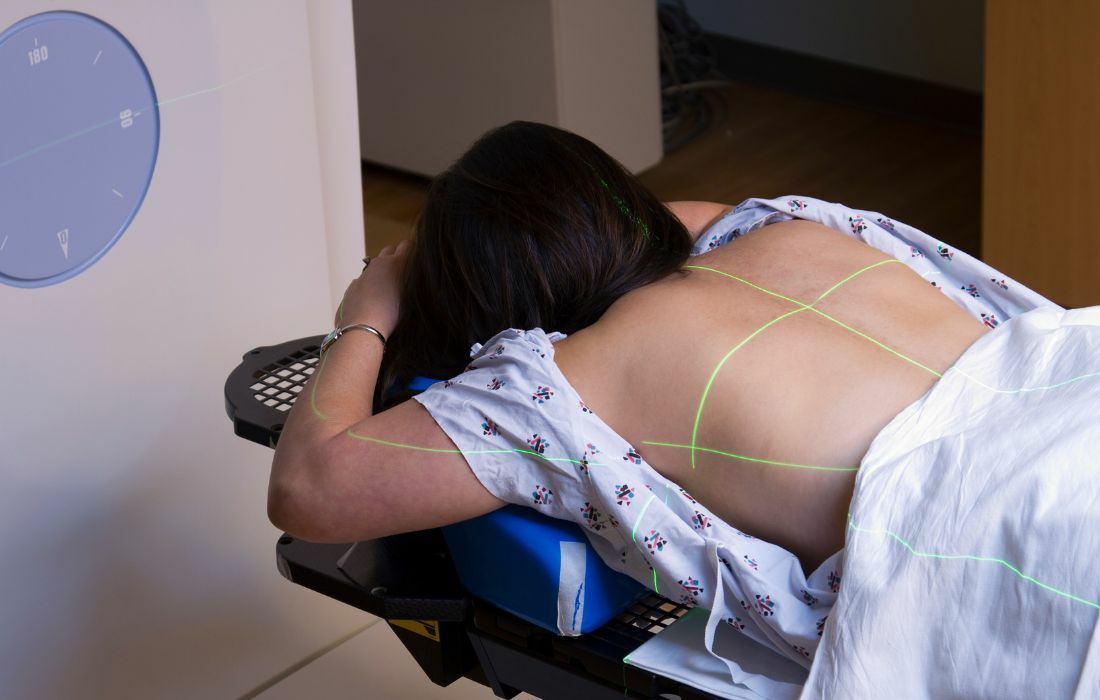Types of Lung Cancer
The basic definition of lung cancer is that it is the type of cancer that begins in the lungs. However, the disease is much more complex than that, as there are multiple types of lung cancer that vary in size and severity. Understanding the different types of lung cancer can help patients have a better grasp of their diagnosis and treatment plan.
Classification of Lung Cancer
Lung cancers are broadly classified into two types (which are then broken down into specific subtypes). The two major types of lung cancers are:
The difference between the two primary types of lung cancer is the size of the cancer cells. Small cell lung cancer cells appear small and round under a microscope, while non-small cell lung cancer cells are larger.
Smoking is the primary cause of both types of lung cancer. Among those who are diagnosed with small cell lung cancer, 95% of them have a history of smoking, according to a medical study by the Translational Lung Cancer Research Journal. If you have a history of smoking, it's a good idea to get screened. Find out if you're eligible.
Small Cell Lung Cancer
Small cell lung cancer (SCLC), also known as “oat-cell” because it looks like oats under a microscope, is fast-growing cancer that accounts for about 10% to 15% of all lung cancers. It usually starts in the bronchi and then spreads to other parts of the body. Typically, this type of lung cancer is linked to tobacco use. While SCLC typically grows and spreads quickly, it does usually respond well to treatments, including chemotherapy and radiation. Other forms of treatment may include immunotherapy, laser therapy, or surgery.
The two types of small cell lung cancer include:
- Small cell carcinoma (oat cell cancer)
- Combined small cell carcinoma
Doctors may use the following diagnostic tests to identify SCLC:
- CT scan
- MRI
- Bone scan
- PET scan
Non-Small Cell Lung Cancer
Non-small cell lung cancer (NSCLC) is the most common type of lung cancer in the United States, accounting for about 80% to 85% of lung cancers. There are three main types of non-small cell lung cancer:
- Squamous cell carcinoma (epidermoid carcinoma): Typically found in the central part of the lung, squamous cell carcinoma makes up about 30% of NSCLC diagnosis and is almost always linked to tobacco use.
- Large cell carcinoma: Large cell carcinoma is an aggressive form of lung cancer that can be found anywhere in the lung. It is not as common as other forms of NSCLC but does account for 10-15% of NSCLC diagnoses. Because it grows so quickly, it can be difficult to identify and treat effectively.
- Adenocarcinoma: Adenocarcinoma is the most common form of lung cancer and accounts for about 30% of all lung cancer diagnoses. Adenocarcinoma is found in various parts of the body, including breasts, prostate, and colorectal. Typically, adenocarcinoma is found in the outer region of the lungs, and common symptoms of the disease include hoarseness, weakness, and weight loss.
Doctors may use the following diagnostic tests to identify NSCLC:
- Bone scan
- Pulmonary function test
- PET scan
- MRI
- CT scan
- Bone marrow aspiration and biopsy
Treatment options for NSCLC may include:
- Cryotherapy
- Chemotherapy
- Radiation
- Targeted therapy
- Laser therapy
- Immunotherapy
- Surgery

Rare Forms of Lung Cancer
While lung cancer can typically be categorized in the above categories, there are exceptions. Here are a few of the rarer forms of lung cancer.
- Adenosquamous carcinoma: this is a hybrid of adenocarcinoma and squamous cell lung cancer
- Large cell neuroendocrine carcinoma: a more aggressive subtype of cancer
Salivary gland-type lung carcinoma: typically found in the central airways of the lungs
- Lung carcinoids: typically found in younger lung cancer patients
- Mesothelioma: forms in thin tissue called mesothelium (lines along with the lungs and the abdomen)
The treatment plans for these types of lung cancer vary based on the patient’s medical history and the aggressiveness of their cancer diagnosis.
The Latest Treatments Based on Lung Cancer Type Available at Cancer Care Centers of Brevard
At Cancer Care Centers of Brevard, we identify, diagnose, and treat various types and stages of lung cancer. Our expert team works together to help patients understand their diagnosis before moving forward with lung cancer treatment. We are here to educate you about your condition and provide helpful insight as we work together throughout your treatment journey.